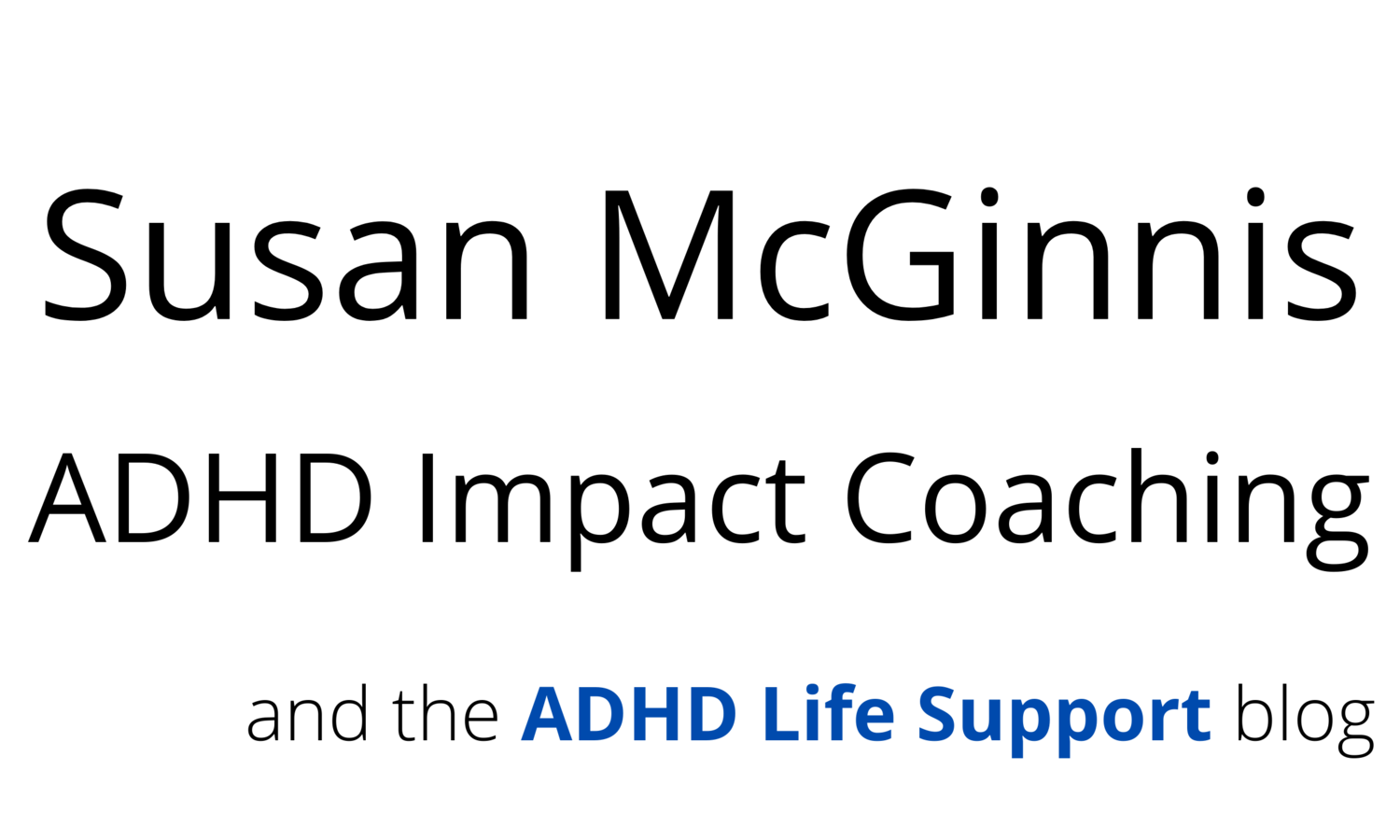Support Memory with Visual Cues
Do you say you’re going to do something and then not just not do it, but completely forget?
This is not unusual! Remembering information means being able to retrieve it at just the right moment, and ADHD is a disorder of regulating attention over time.
You can assist your memory by setting up a cue, or signal — something meaningful, that will trigger your memory.
And if you want to remember something at a particular time, getting your cue at the right time is important!
So pair your cue with something you already do, and won’t likely forget.
Many people with ADHD are very visual, and so using a visual cue may be a helpful strategy.
A visual cue would be
a picture, object, or note,
that brings a particular meaning to you,
placed in a place where you will see it,
at the right time.
Here’s an example of using a visual cue:
Jeff wanted to see if meditation would be helpful to him, and decided he would meditate each day before his morning run. He thought meditation was helpful, but found that he often forgot all about it as he headed out for his run.
To help himself remember to meditate, he thought of using the candle he lit for meditation time as a cue. Jeff decided to put the candle next to his running clothes when he laid them out the night before (putting out running clothes is also a visual cue!).
Jeff has happily reported that using the visual cue has been working, and he’s on the way to a new daily routine that helps him feel more centered and focused.
Another helpful aspect of visual cues is that they are messenger-neutral! Most of us don’t like to be told what to do, even by ourselves, which can make lists and reminders useless! But visual cues don’t spark a reaction of “don’t tell me what to do!”
You might be able to identify how you already use visual cues.
How can you use the visual cue strategy to improve your day?
